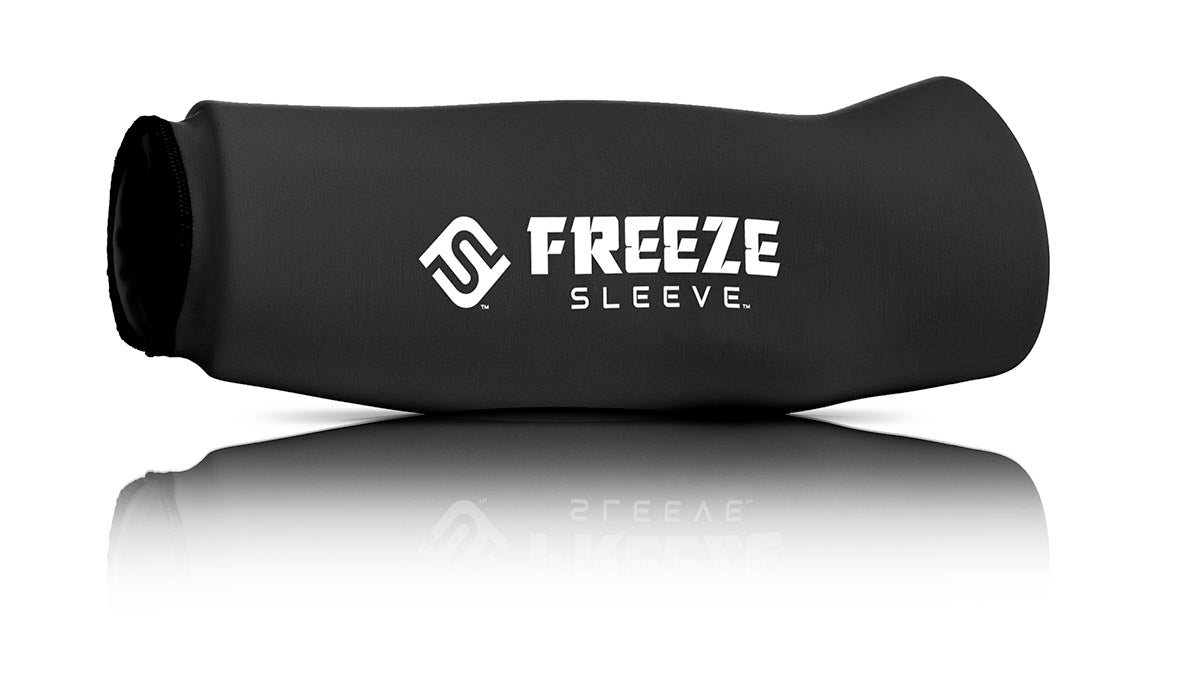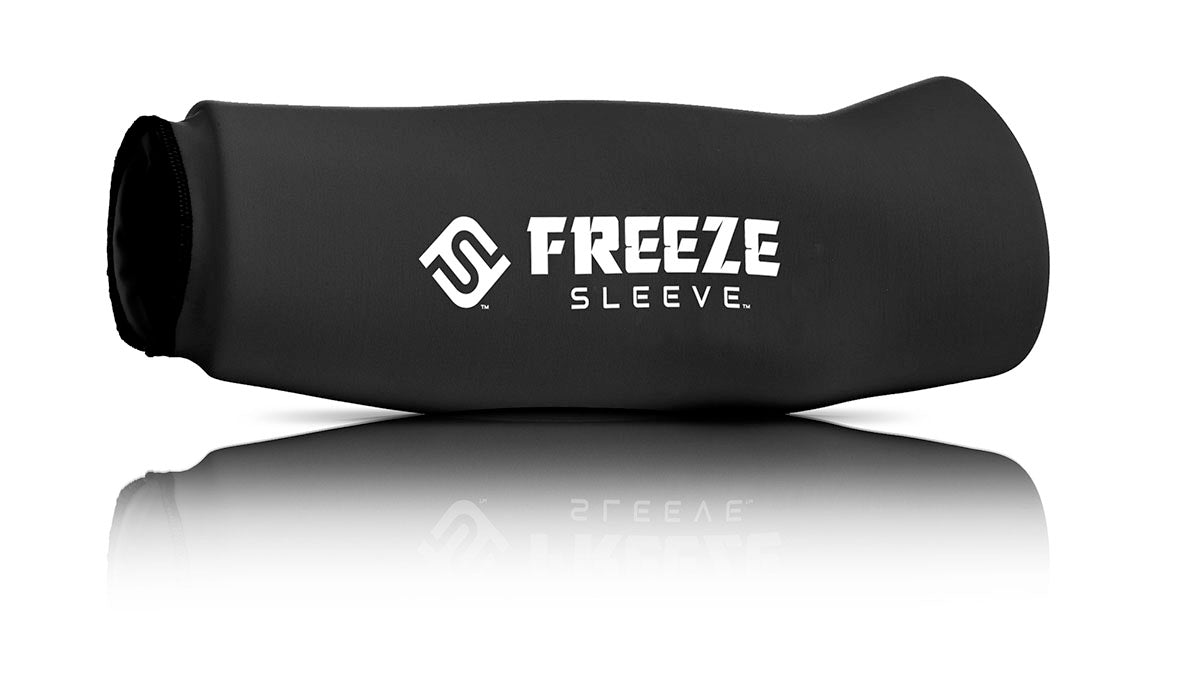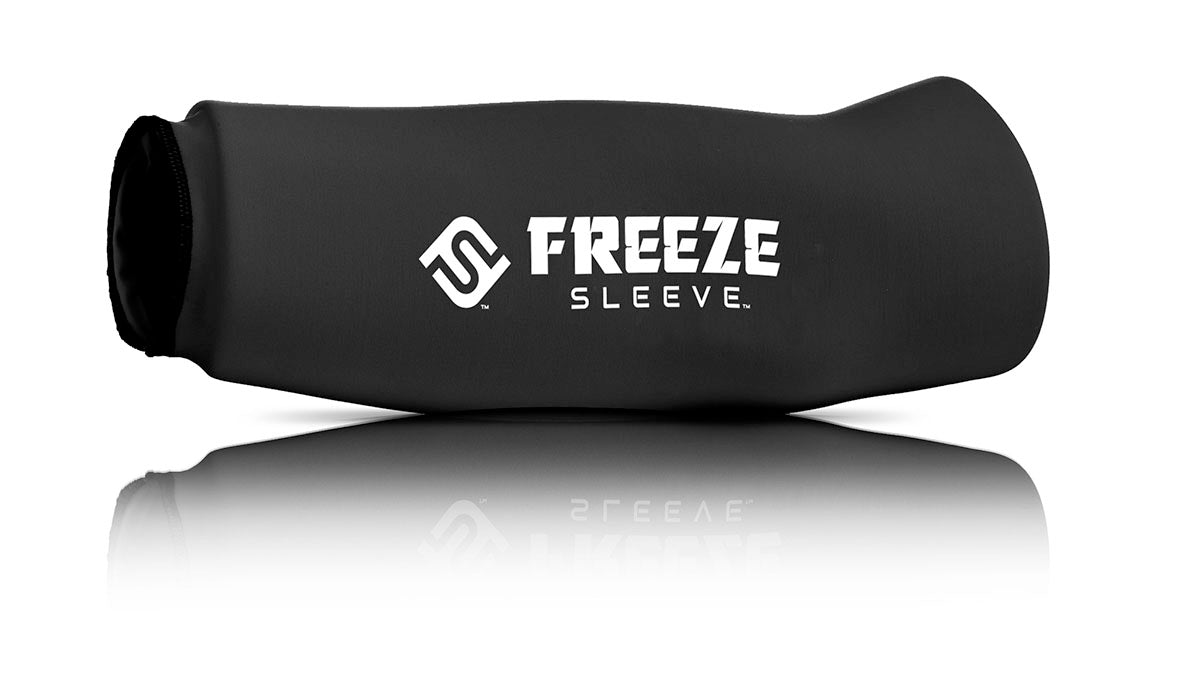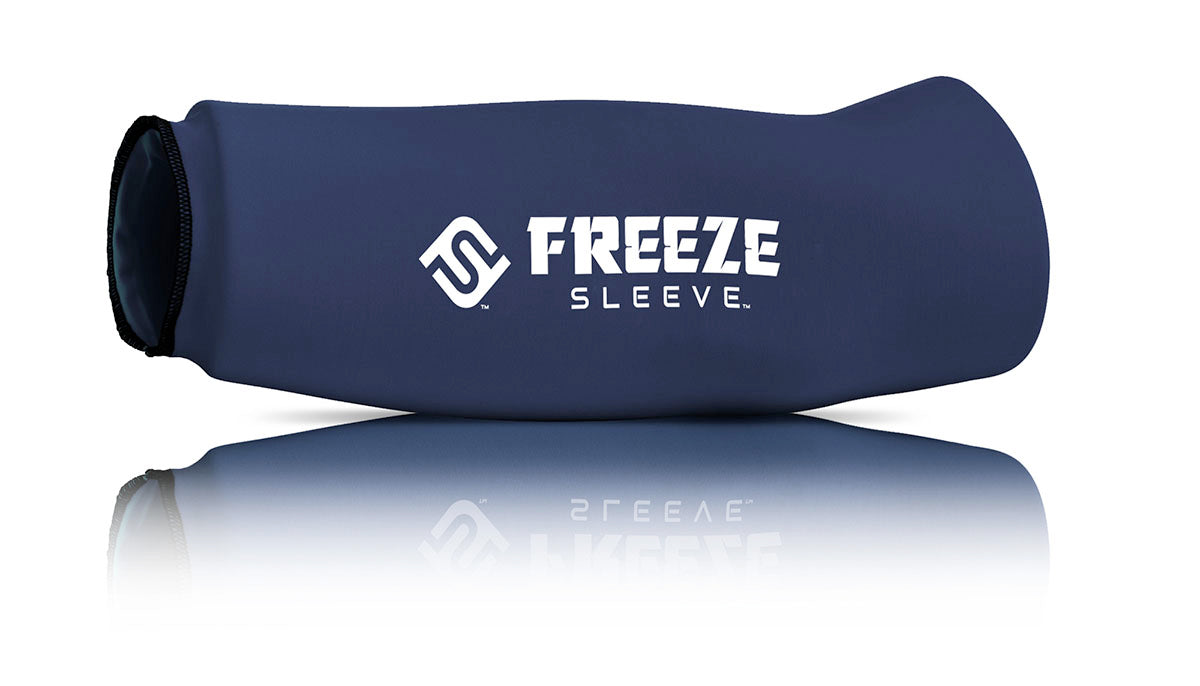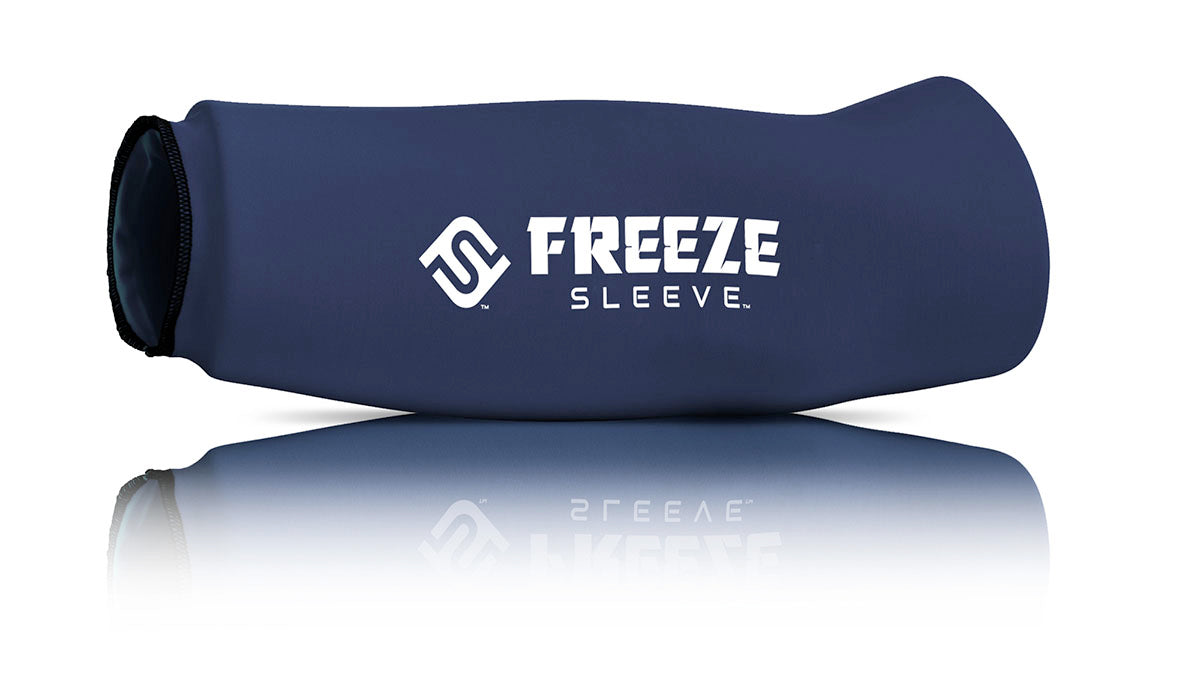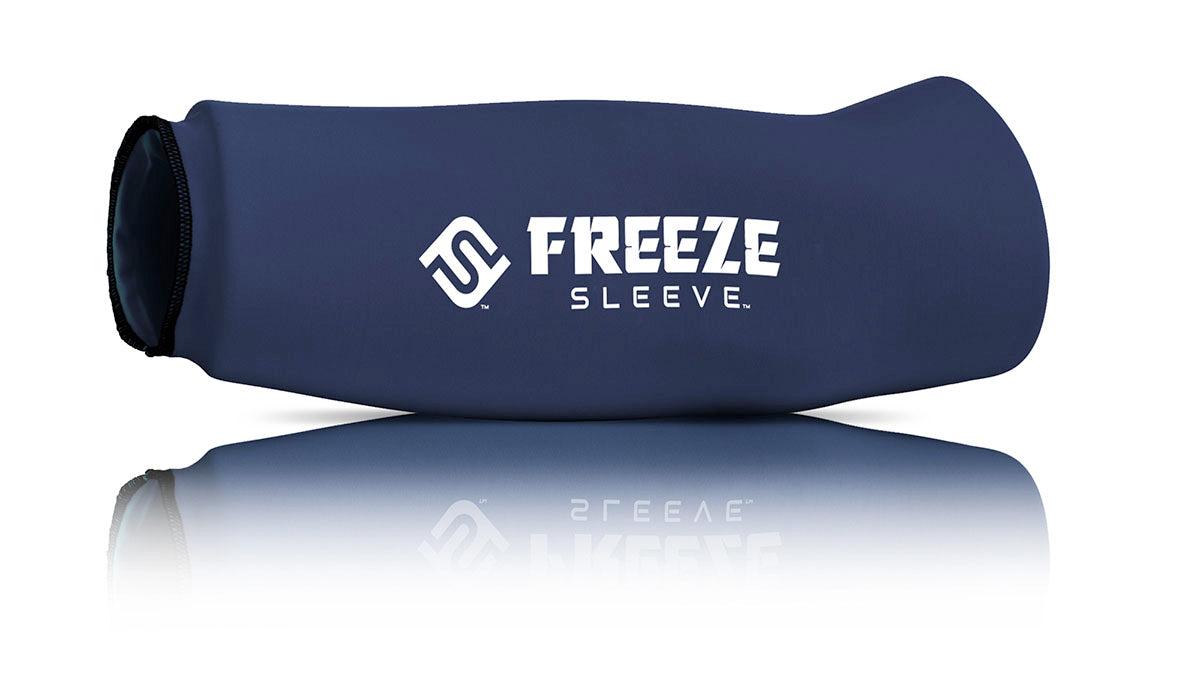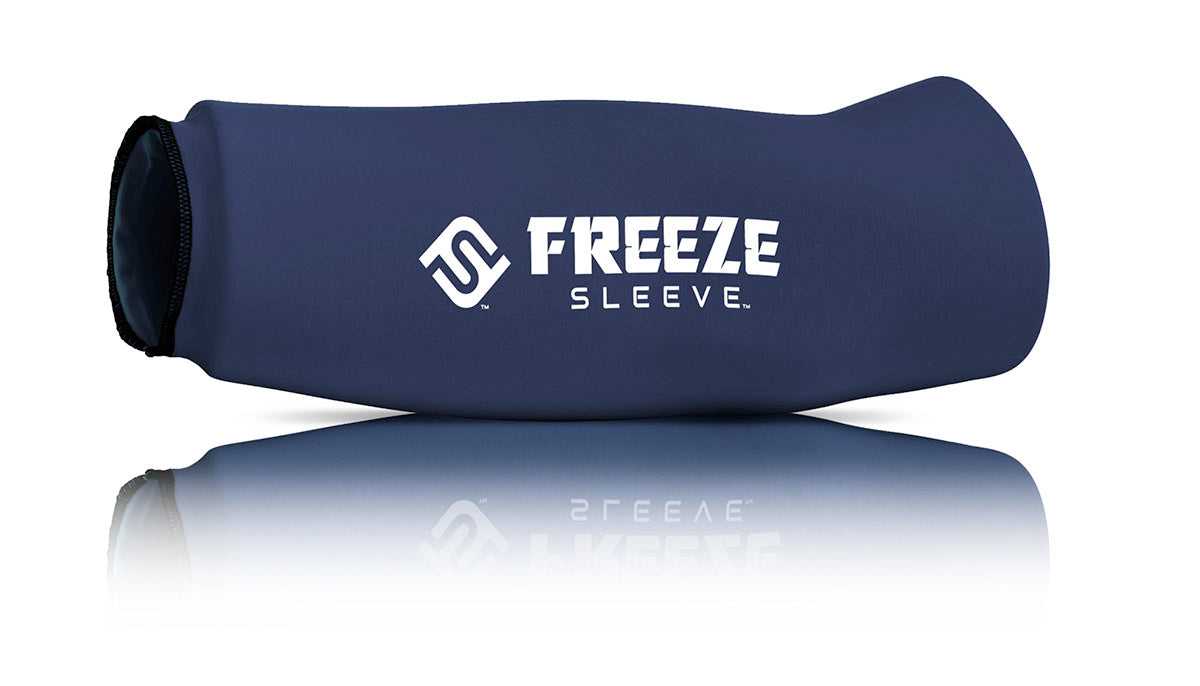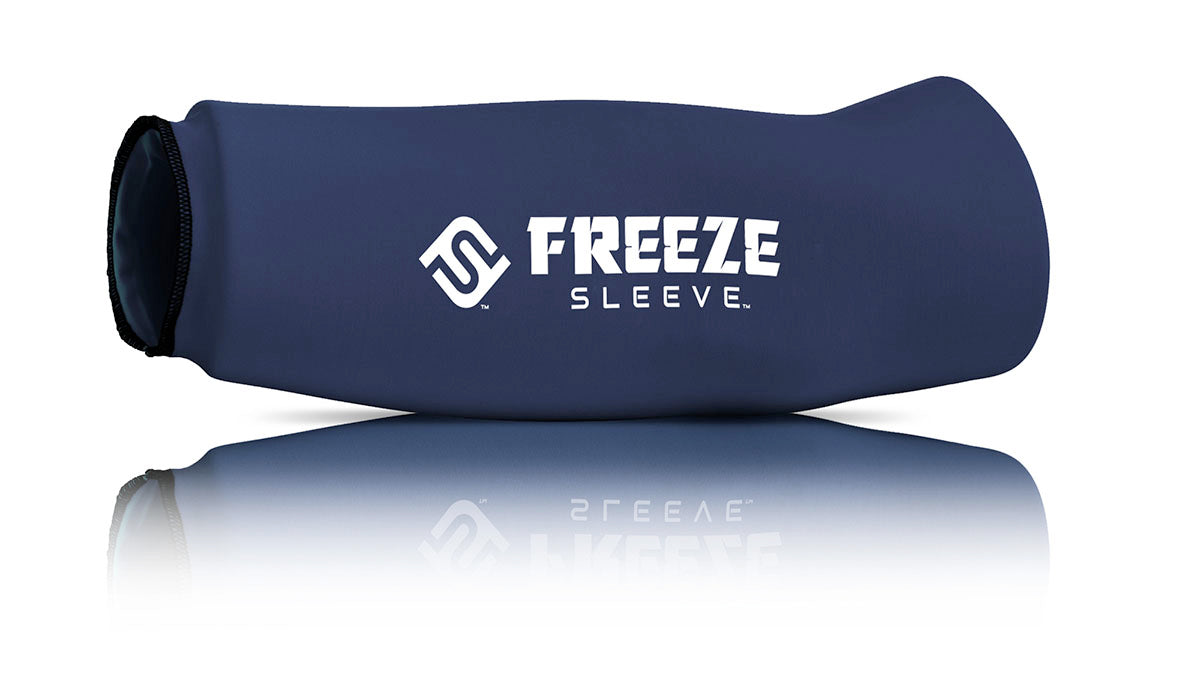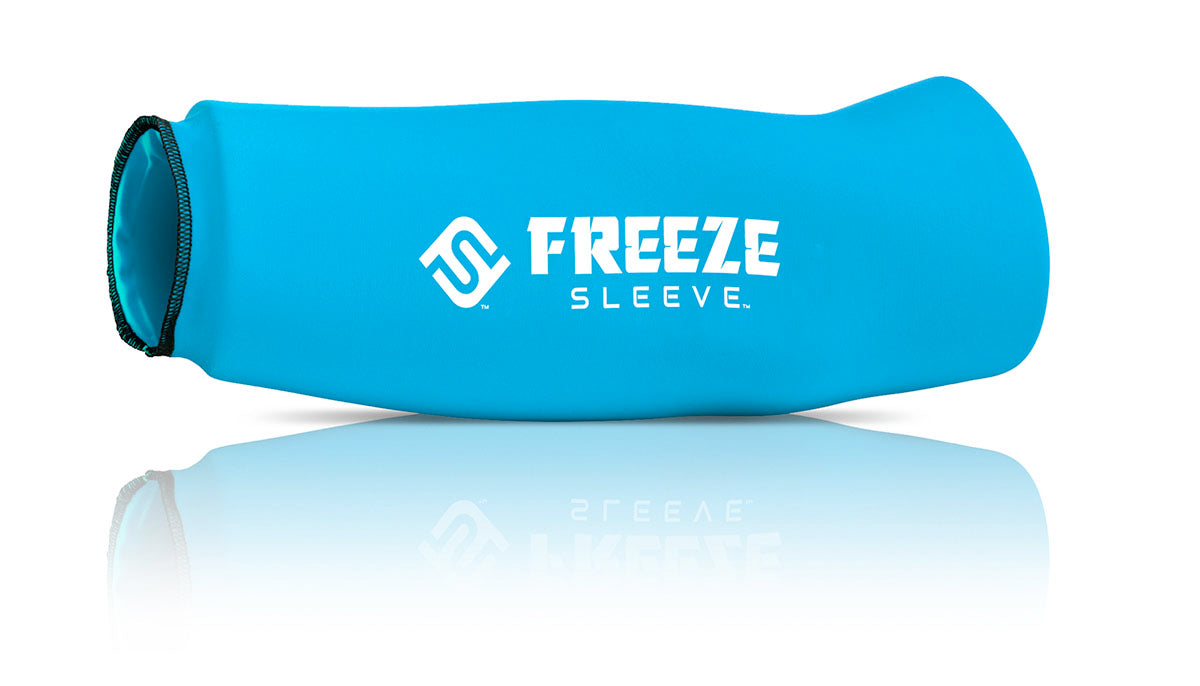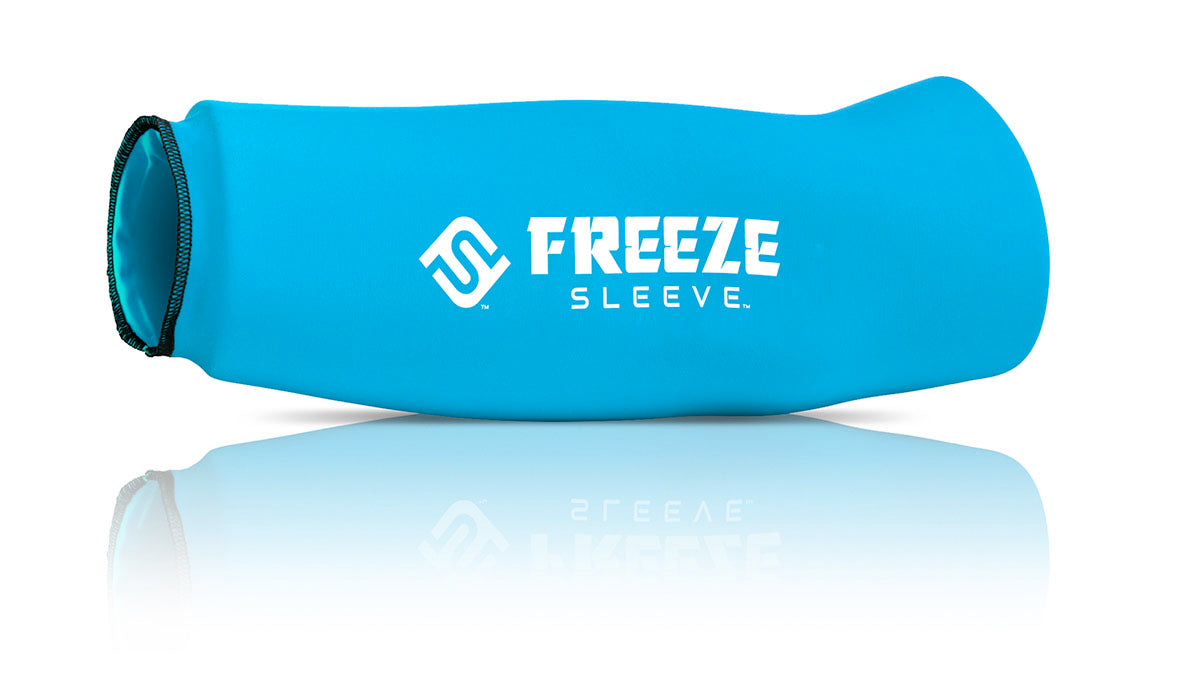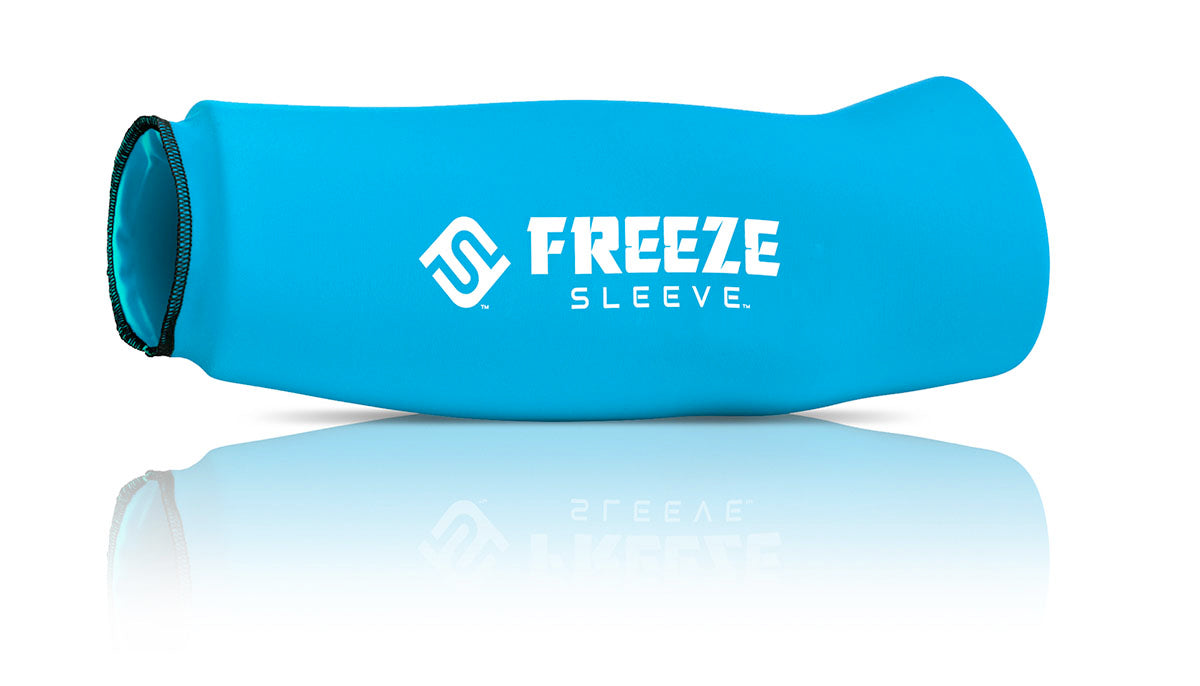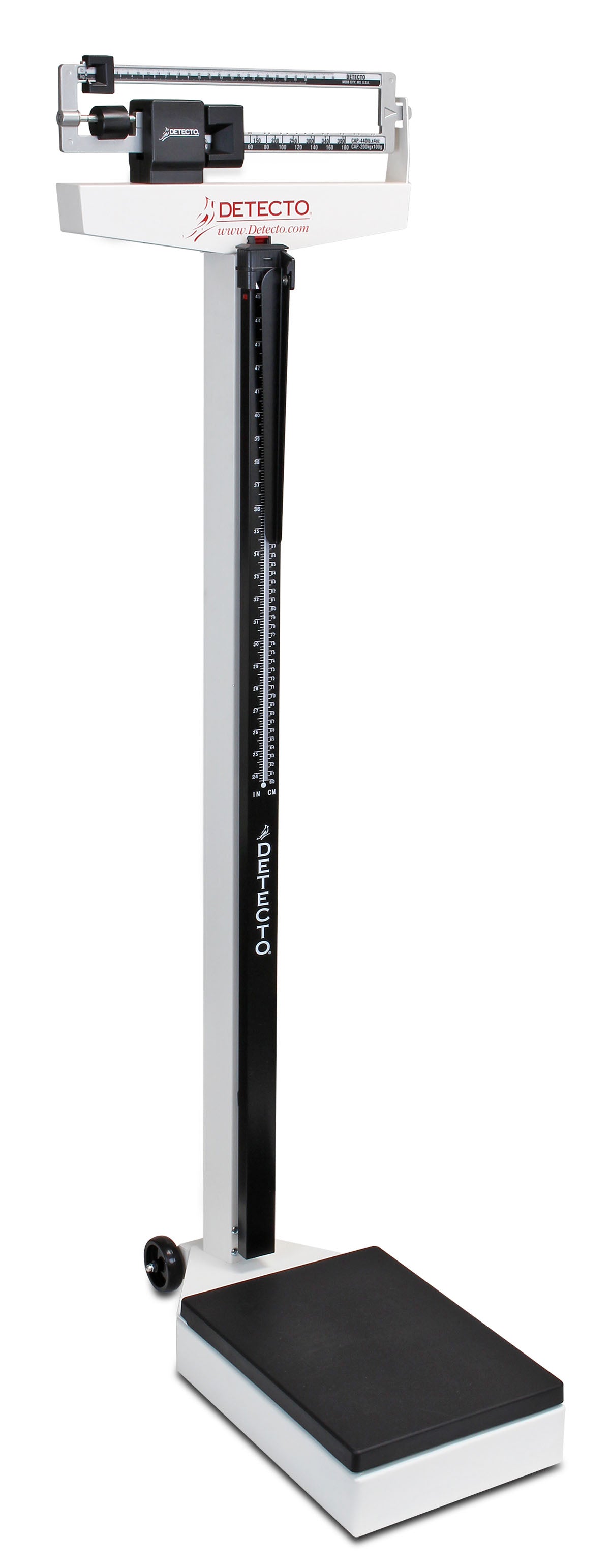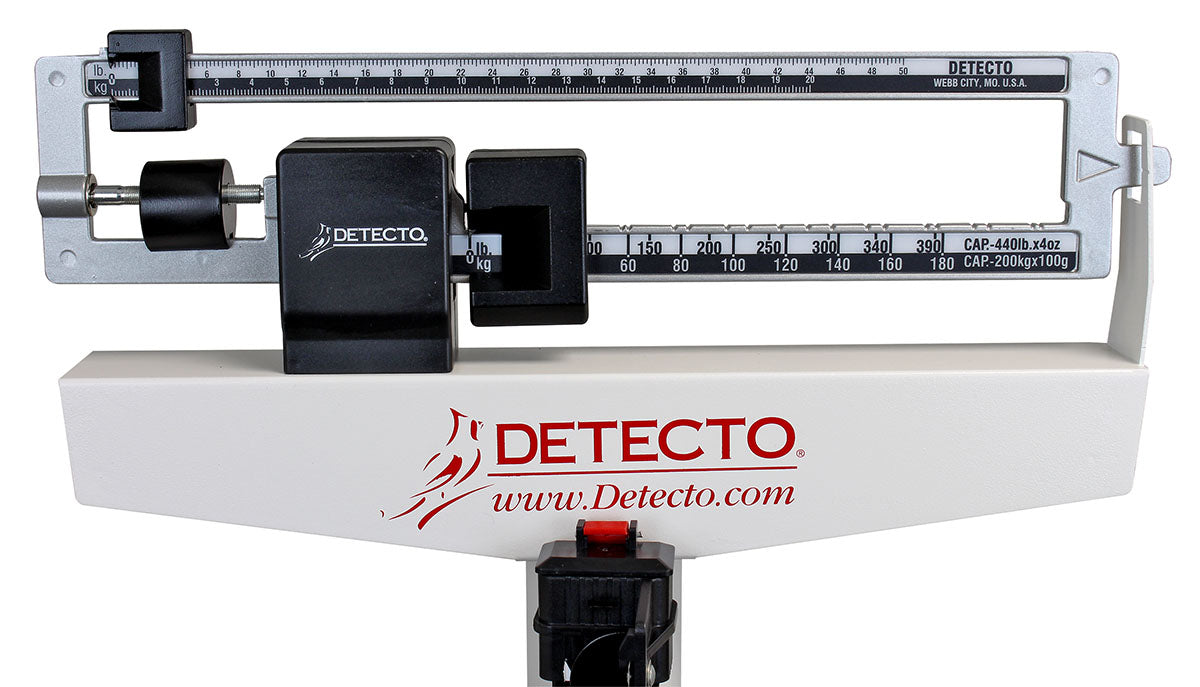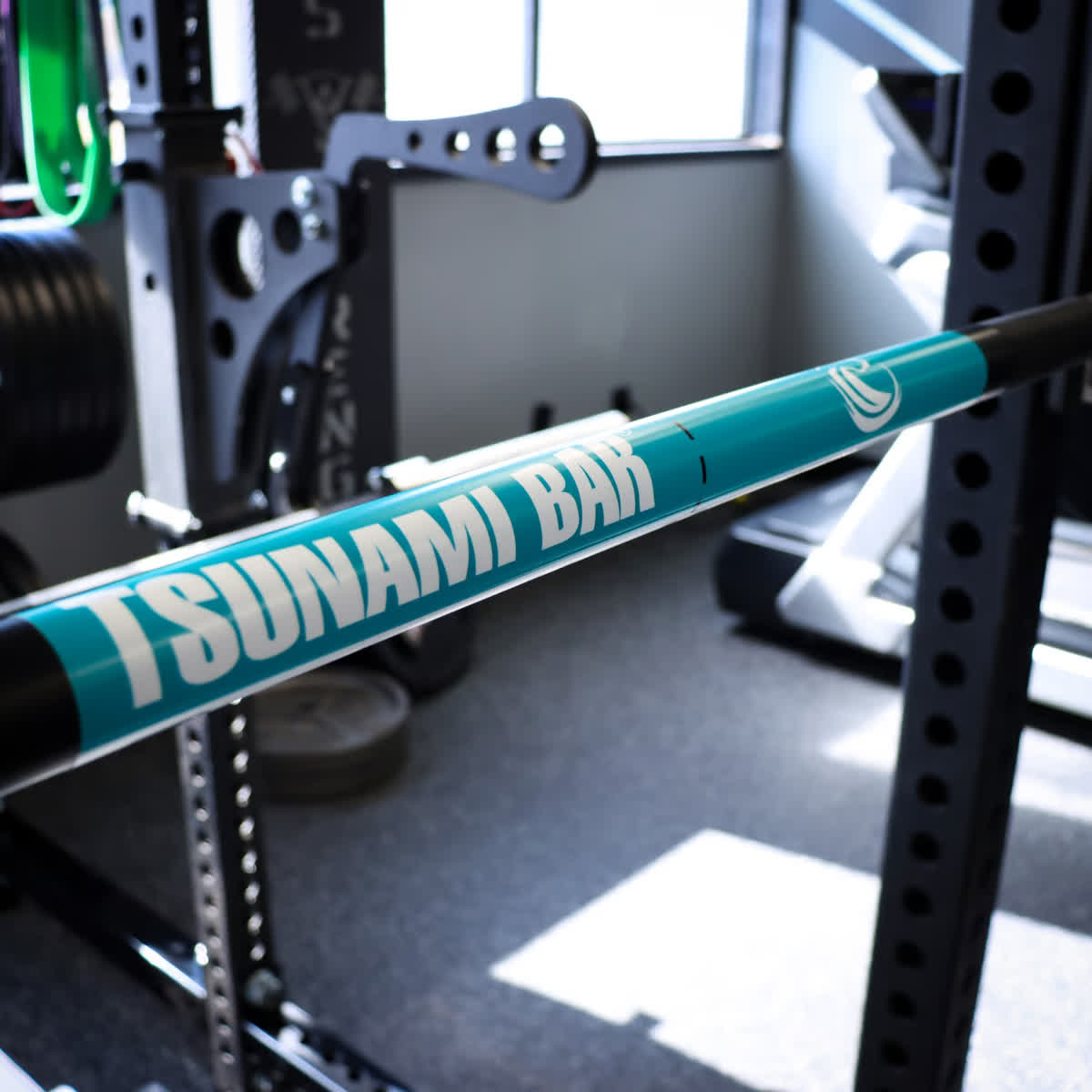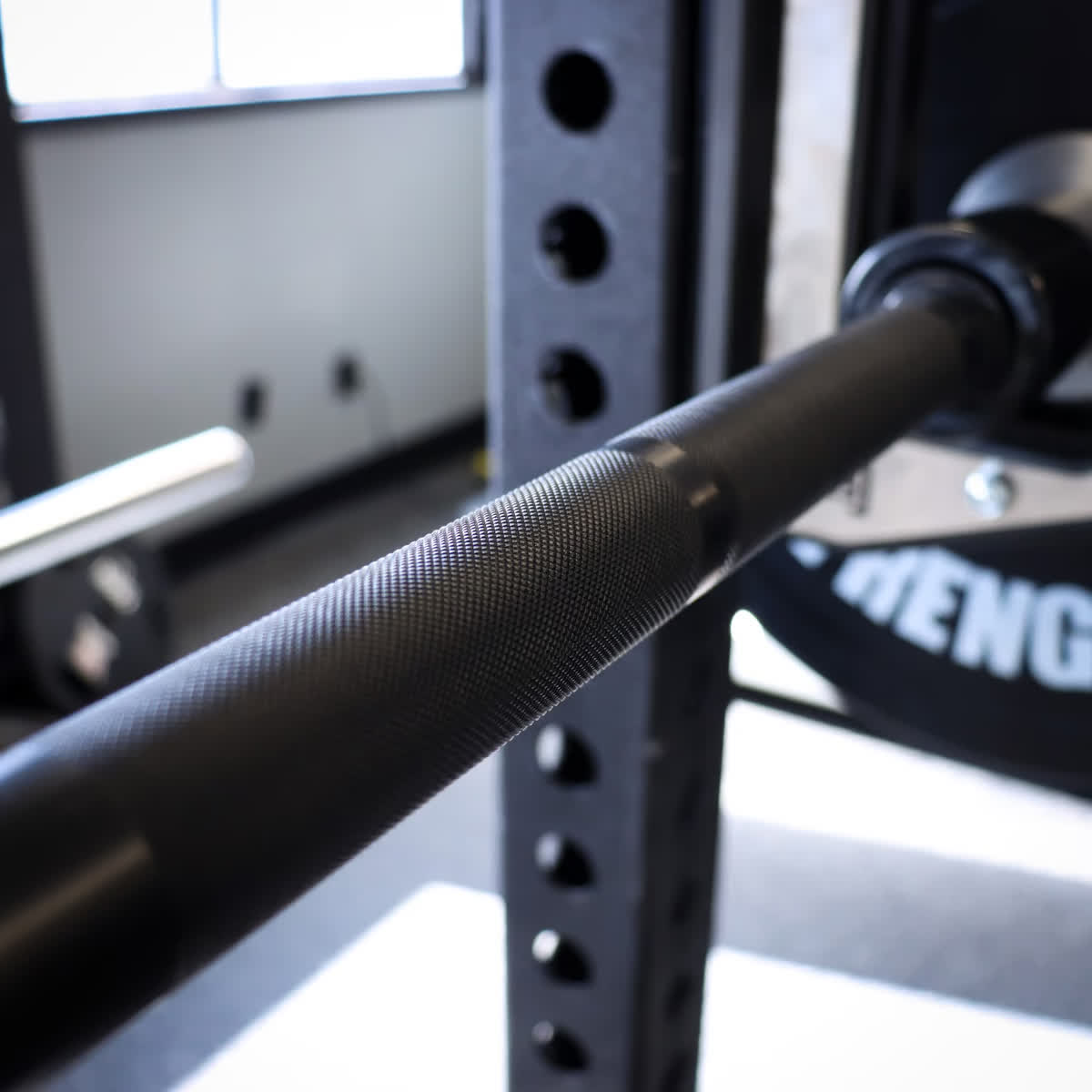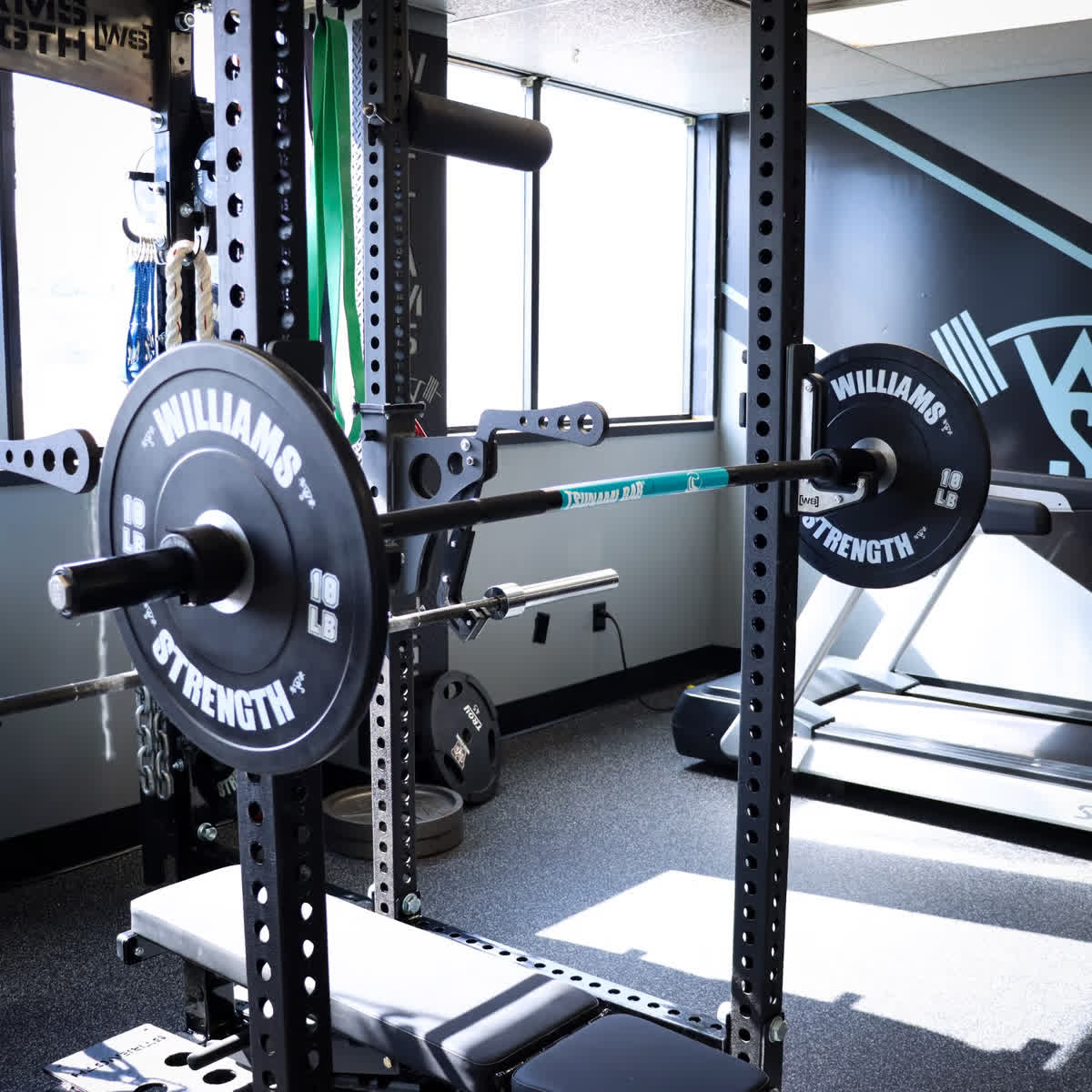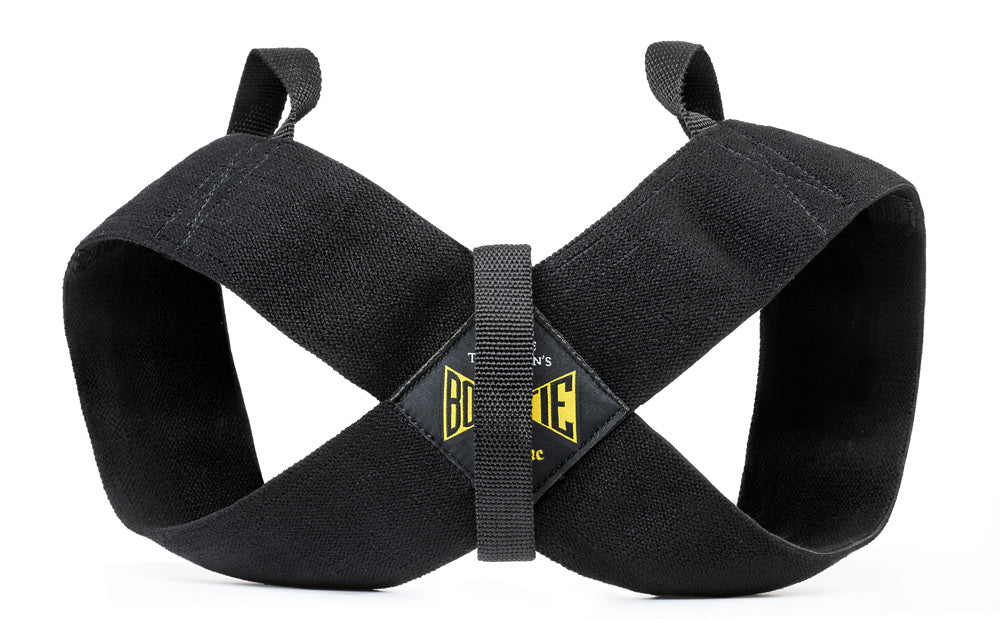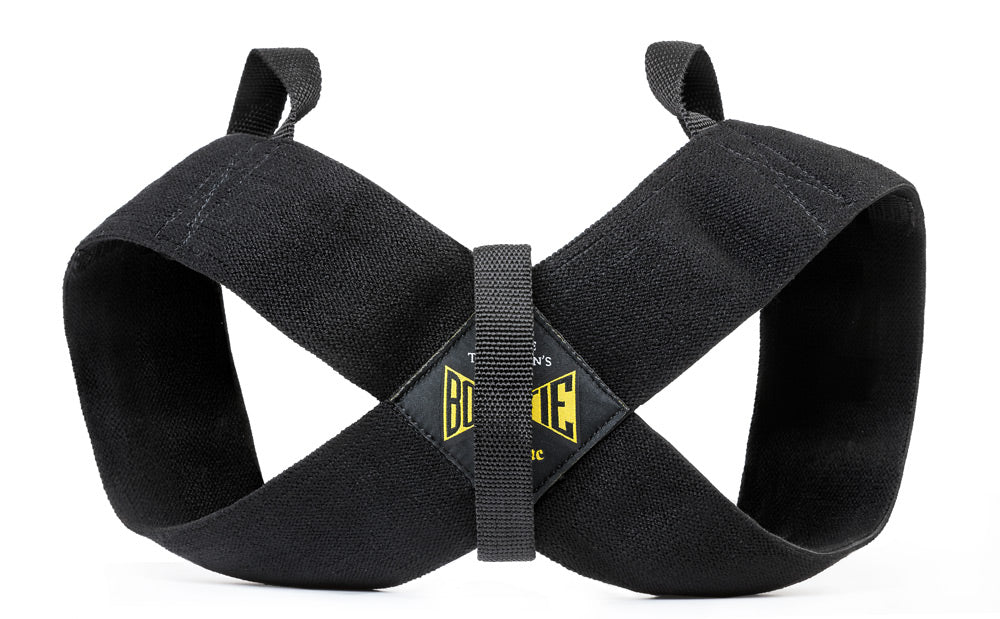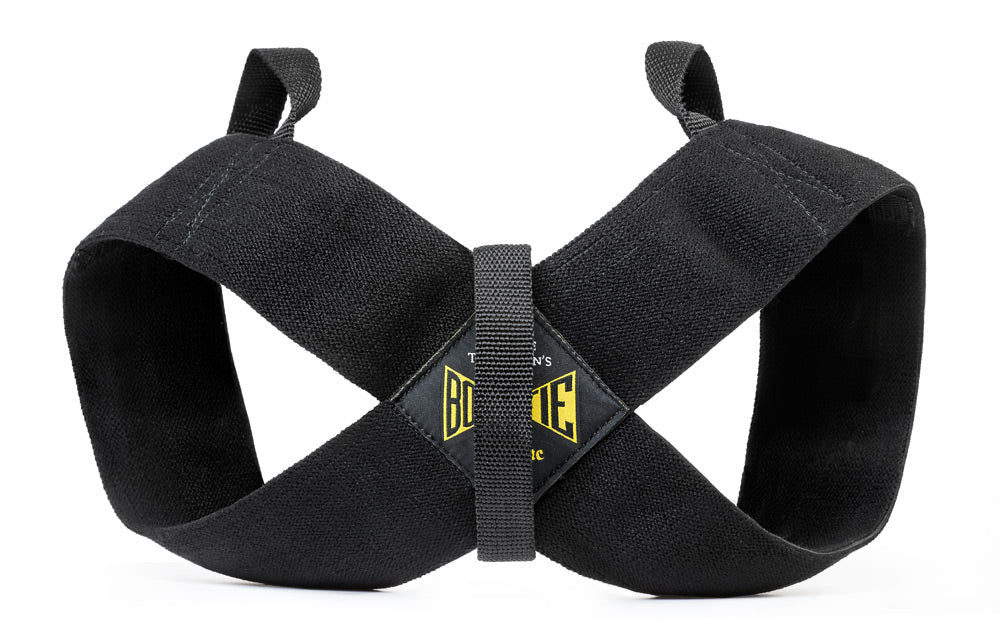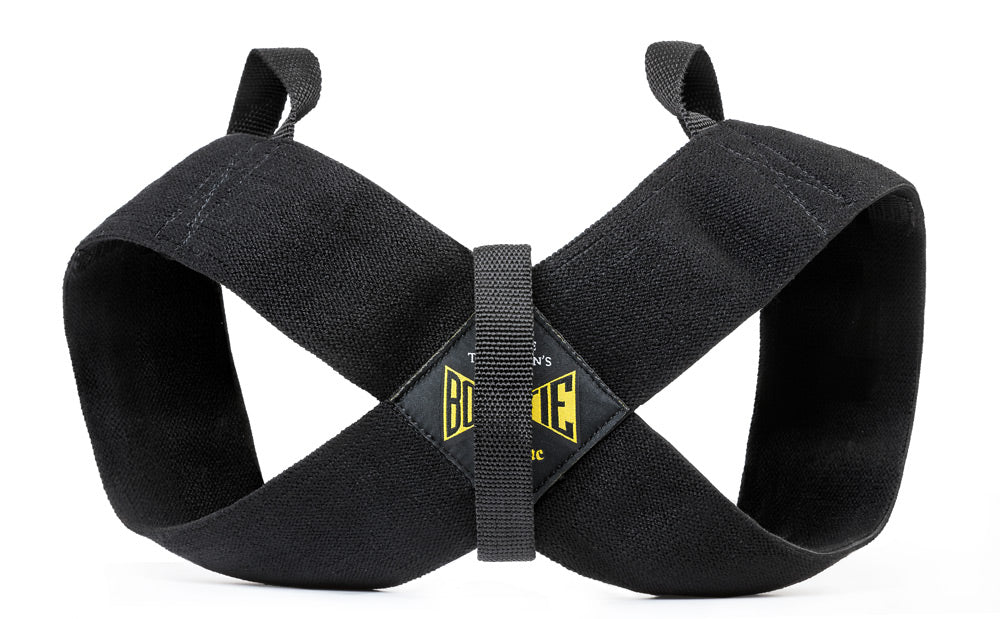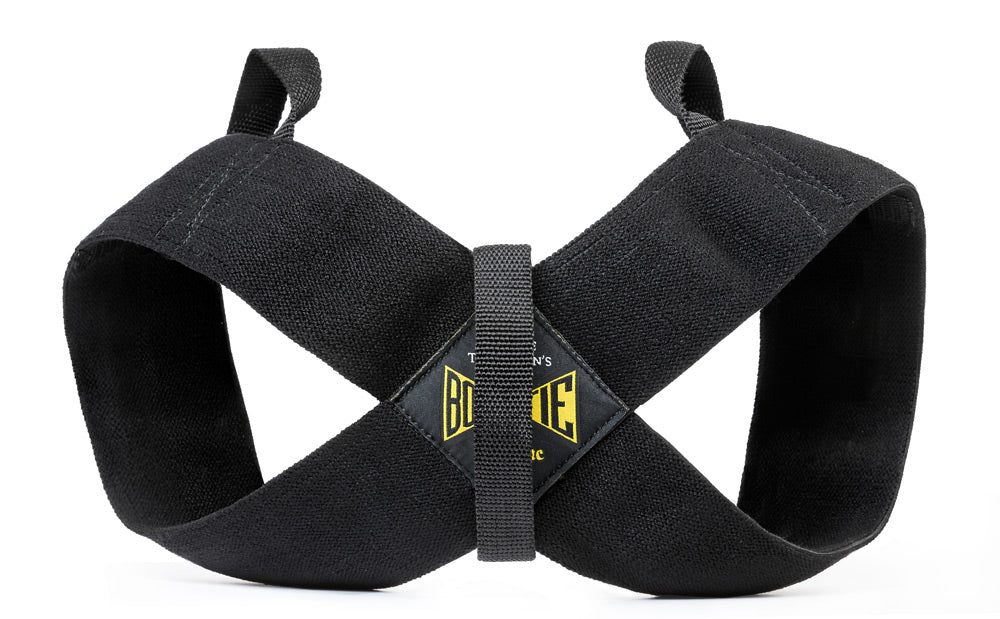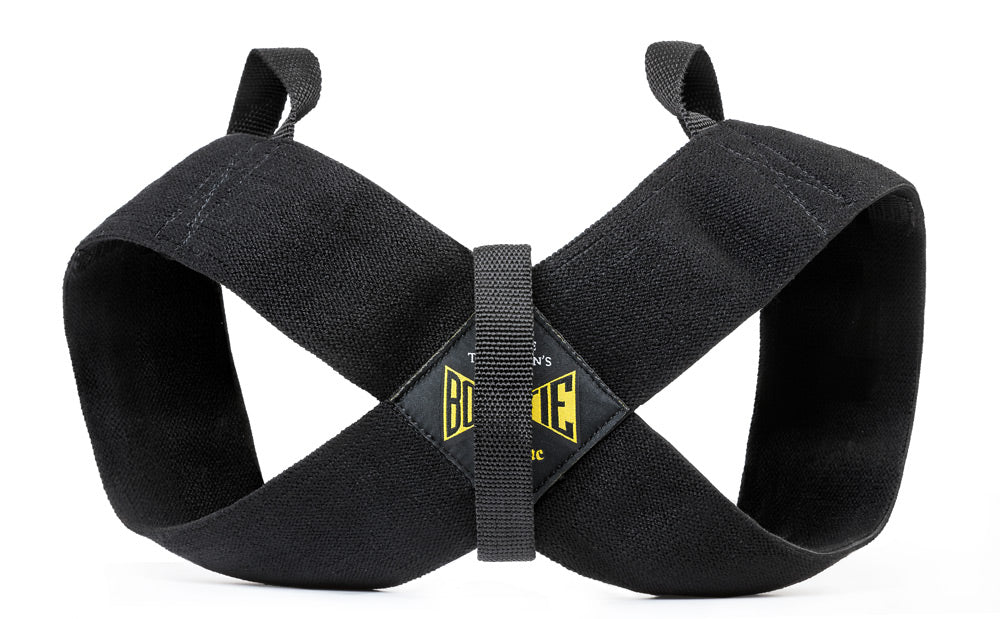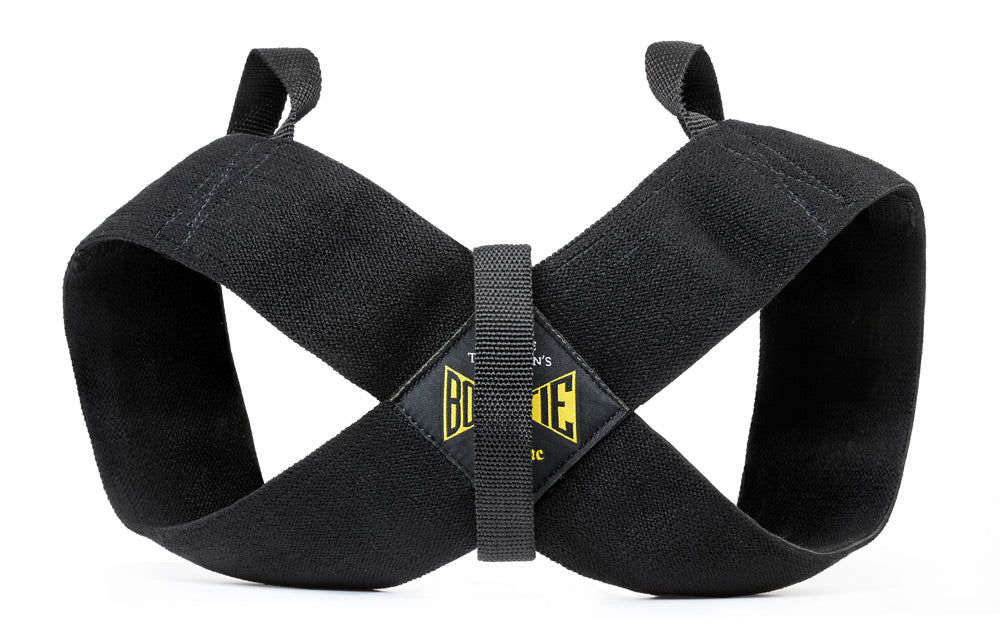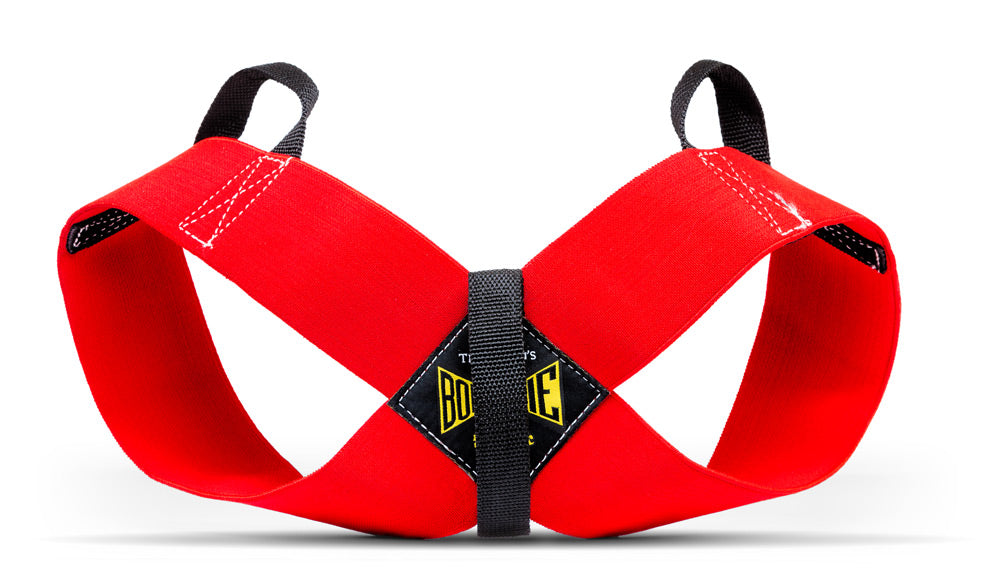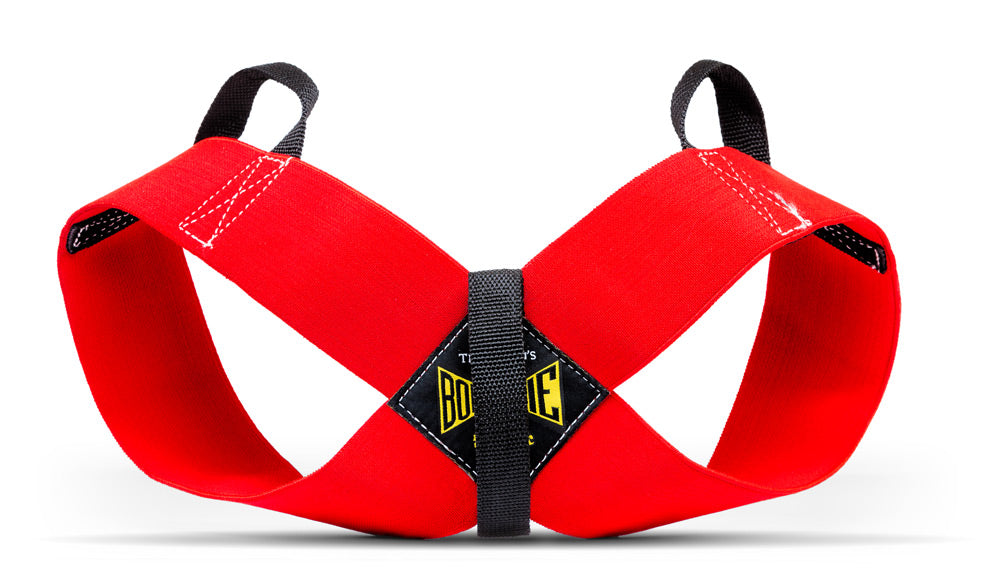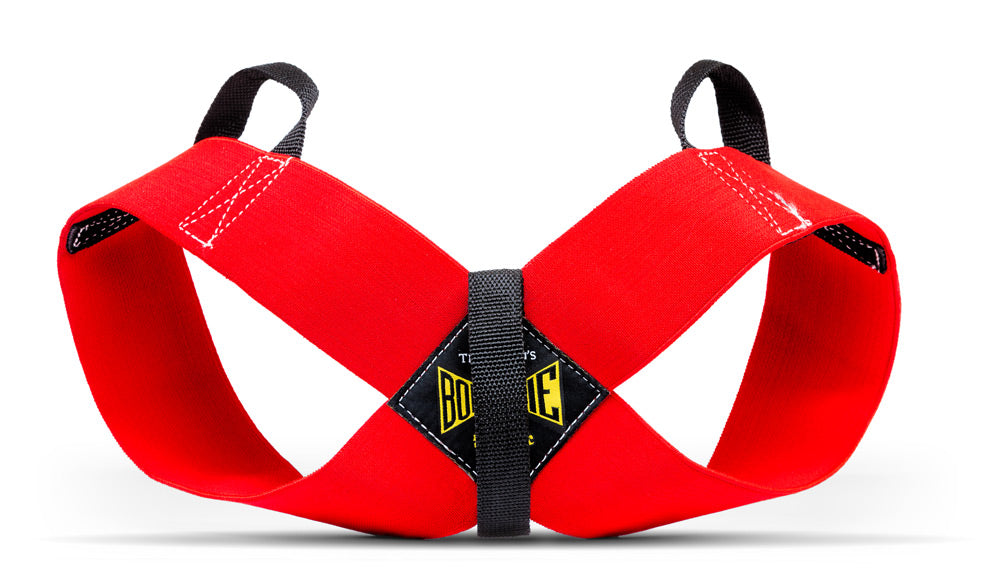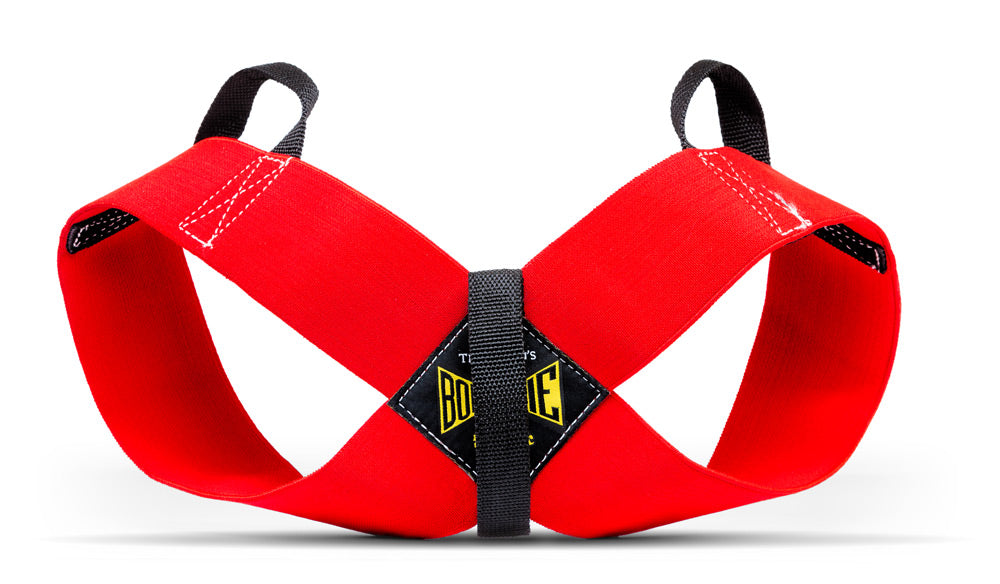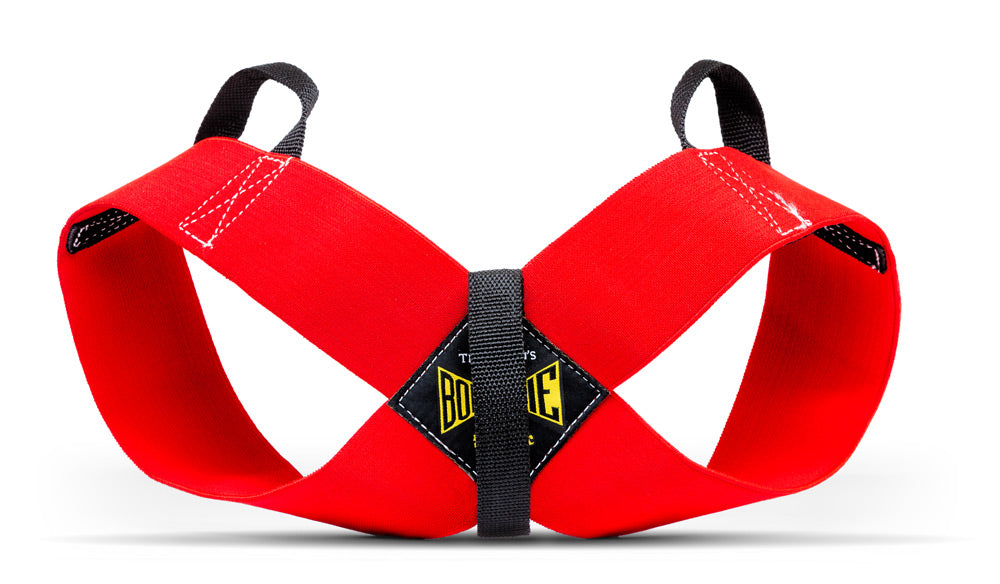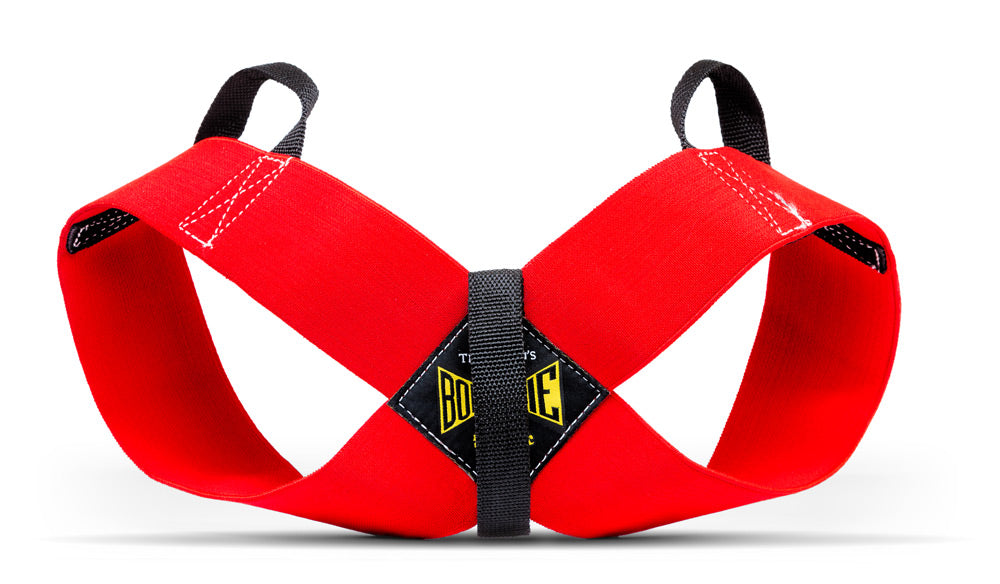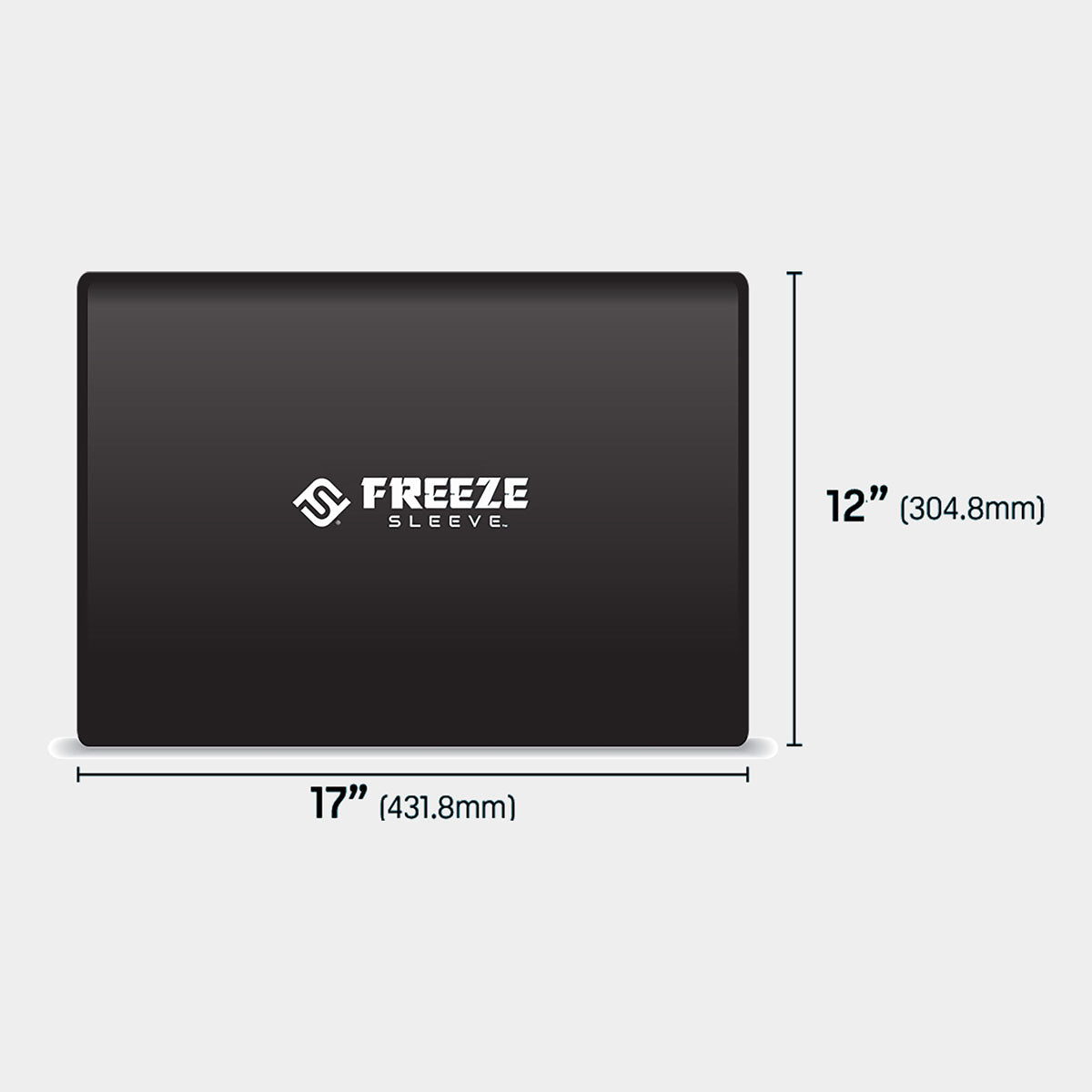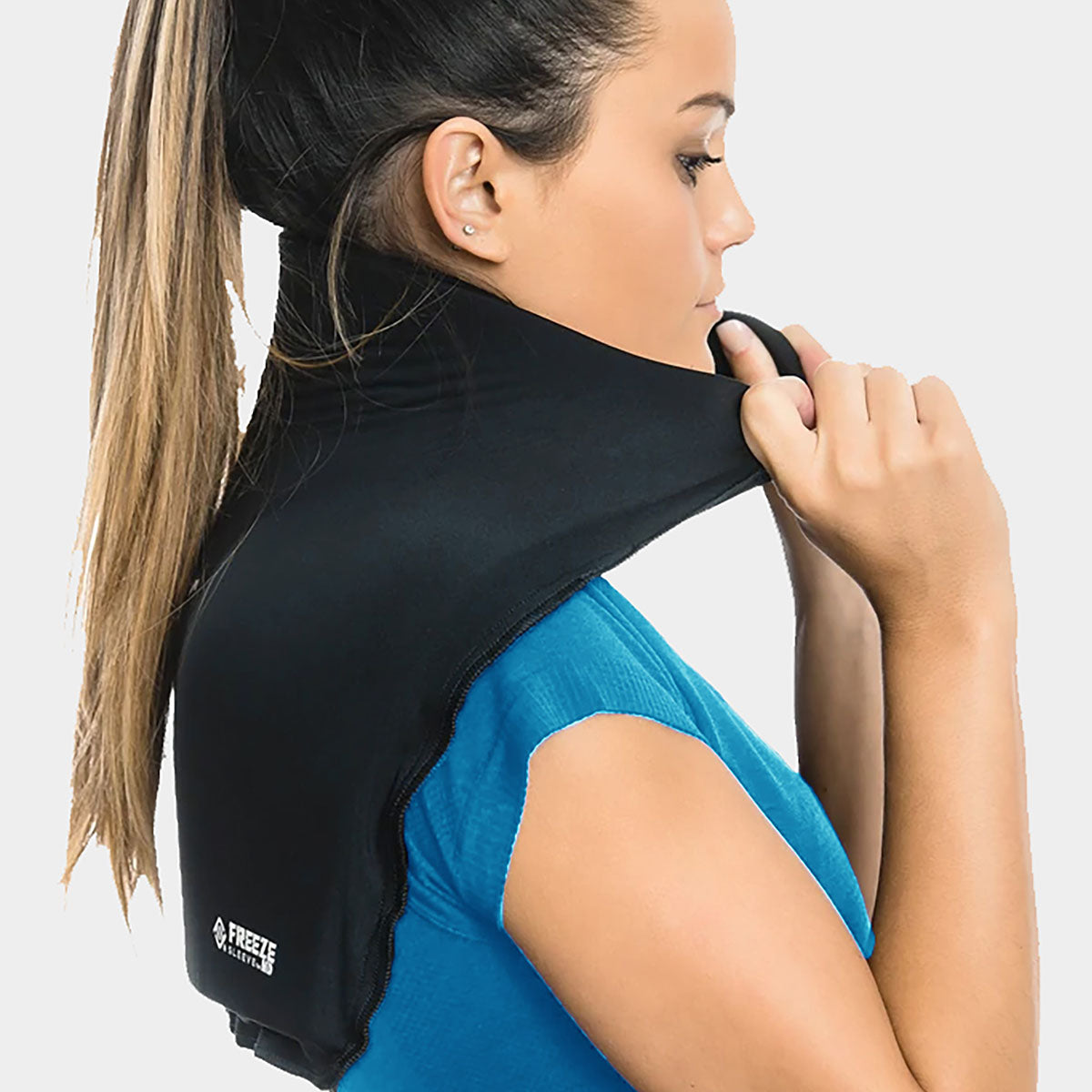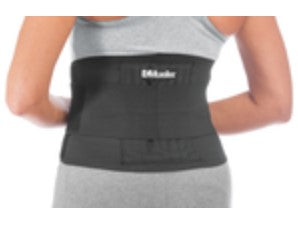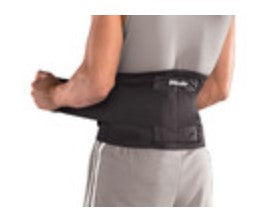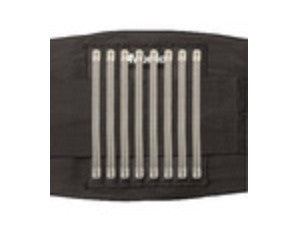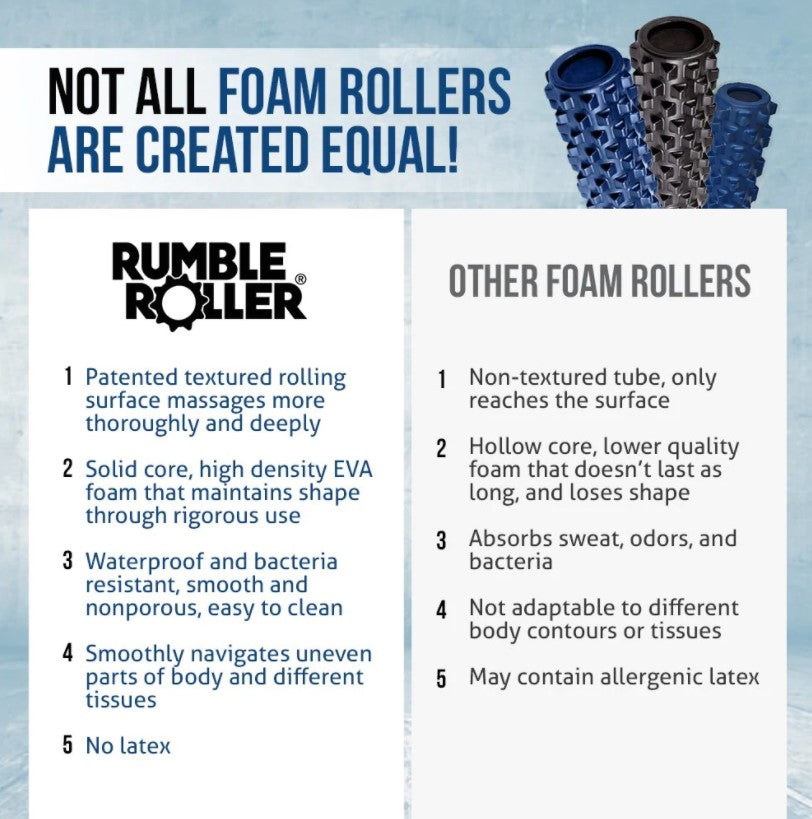Editor's Note: Fixing Dave Tate is an educational video series intended for demonstration purposes only (acts as a case study specific to Dave Tate). It is not intended to medically diagnose, treat, or manage symptoms. If you are in pain, please consult a licensed healthcare professional.In the previous video of the Fixing Dave Tate series, Dr. Rusin and Dave evaluated Dave's upper body training progress and made decisions about what changes they would make moving forward. Now it's time to implement these adjustments. Just like the
implementation phase for Dave's lower body training changes, this video shows Dr. Rusin's analysis of Dave's ability to make the adjustments that were discussed
in the previous upper body analysis video. They go through the layout of a normal training session, including the upper body dynamic warm-up sequence, the power primer, dynamic effort bench press, and accessory work. Quadruped Thoracic Spine Rotation The goal with this movement is to open up thoracic spine and thoracic cage while also getting the scapula working into retraction, downward rotation, and depression. Dr. Rusin explains that this movement is about the scapula, not the glenohumeral joint, and demonstrates some modifications that can be used for individuals like Dave who have mobility limitations. Band Pull Down and Apart Dave can sometimes struggle with
band pull-aparts due to his shoulder issues, which lead to his traps taking over the movement. By anchoring the band above his head and adding a downward pull component to this exercise, Dave is able to work around this compensation and better tie the muscles of his upper back together. Hands Elevated Push-Up This is all about grooving the pattern with the entire body involved — not about getting a training effect. As Dave does several reps per set, he slowly moves his hands down to increase the range of motion and loading. This makes the
Smith machine an ideal machine to use for this movement. On days that Dave is tighter than normal, such as the day of this video, he can start with the bar higher and lower it over multiple sets. Slam Ball Overcoming Iso Press For central nervous system stimulation, Dave performs this
Iso Press with a horizontal base in a semi-sport-specific position. Dr. Rusin notes that Dave's shoulders, hips, and core are in a much better position for producing force in the isometric than at the beginning of this series. Power Primer: Modified Face Pull Dr. Rusin and Dave have made several modifications to this movement, including a high angle for rowing, a pronated grip with a slight rotation into external rotation in the pull, and flexing at the hips to turn on the anterior core. This reduces the range of motion but forces Dave to produce the motion in the posterior shoulder girdle, helping Dave avoid his compensation patterns. He performs between 75 and 100 reps at a light weight before moving on to the bench press. He focuses not only on driving his arms back but also driving his hands apart. This combines extension with horizontal abduction, which increases the activation of the muscles of the upper back. Dave points out that tightly gripping the handles during this movement leads to him using the larger muscle groups in his back that he's trying to avoid. For this reason, Dr. Rusin explains that it's best to keep a loose grip on the attachment to avoid the irradiation effects. Dynamic Effort Bench Press Dave's setup for this exercise uses the
red Shoulder Saver Pad and
chains for accommodating resistance, performed for eight total working sets of three with 45 seconds rest between sets. Dr. Rusin begins by pointing out that setup variations are important here, and that a small change in grip can make a big difference; you can move half an inch and that's enough to provide a different stimulus. Dave alters his grip after several sets, beginning with a wider grip and moving it to a more narrow position throughout the sets. Dave's closest grip has been the slowest to improve, and for that reason Dave is placing it last so that there is pre-fatigue, reducing the weight needed to provide a dynamic effort training effect. On Dave's final set, rather than performing a set of three he performs 25 reps as an all-out set. Dr. Rusin draws attention to the relatively small amount weight and accommodating resistance to demonstrate that Dave is using a very low percentage and is still capable of getting a training effect because his focus is on bar speed and achieving acceleration on the bar. Dave could have increased his weight and achieved the reps, but it would have defeated the purpose of the dynamic effort method. Bent-Over Row In the previous phases, the
bent-over row was used to train hypertrophy and metabolic stress, but now it is being progressed to be used for strength. The rep range for this exercise is five to 10 reps, with the understanding that the body does not recognize rep counts but instead only recognizes tension. This rep range will allow Dave to achieve the tension needed for strength-based improvements. Dave uses a wide stance here, which allows him to keep his posterior change involved and more easily stabilize his body. One of the limiting factors for this exercise is Dave's ability to recover between right and left arm, so his rest periods of 30 to 45 seconds are divided between each side. Dr. Rusin also shares a detailed explanation of how the dynamic stabilization component of this exercise alters the execution. Dual-Handle Low Cable Row This is performed as one full-intensity set. The idea is to go balls-to-the-wall with one all-out set where Dave can really push himself as a finisher for the session.
Two separate attachments are used so that Dave's hands can move independently and freely through pronation and supination, allowing Dave's shoulders to stabilize authentically. The weight used is very light and the intensity technique used is rest-pause: one set to true failure, 15 seconds of deep breathing, another set to true failure, 15 more seconds of deep breathing, and one final set to true failure, all with the same load. High Row Variation This exercise is used to add volume through a high row variation, keeping in mind that Dave does not have access to a true vertical plane of motion. The loading is very low with an intense focus on volitional control. To achieve this, Dave performs three sets that progress in weight, with each rep using a three-second eccentric motion. This results in four to six total seconds per rep for eight reps, which puts Dave right in Dr. Rusin's desired set duration of 45 to 75 seconds.
FIXING DAVE TATE SERIES
- Initial Assessment with Dr. John Rusin
- Movement Screening
- Orthopedic Evaluation
- The Three Areas of Focus Discovered During Initial Evaluation
- Observing Dave's Current Training Capabilities
- Programming the Six-Phase Dynamic Warm-up Sequence
- The Dynamic Warm-Up Sequences for Upper Body and Lower Body
- The 10-Week Update Discussion
- Adjustments to Lower Body Training Days for Phase 3
- Implementing the Lower Body Training Adjustments for Phase 3
Adjustments to Upper Body Training for Phase 3-
Implementing the Upper Body Training Adjustments for Phase 3
Dr. John Rusin's Remote Consulting Services


























